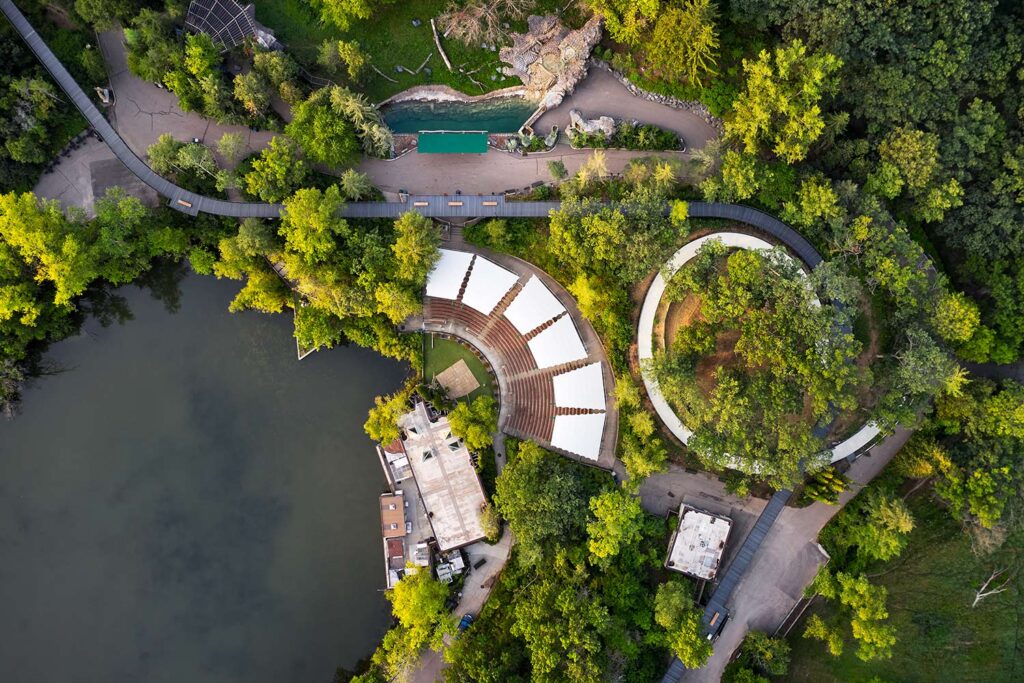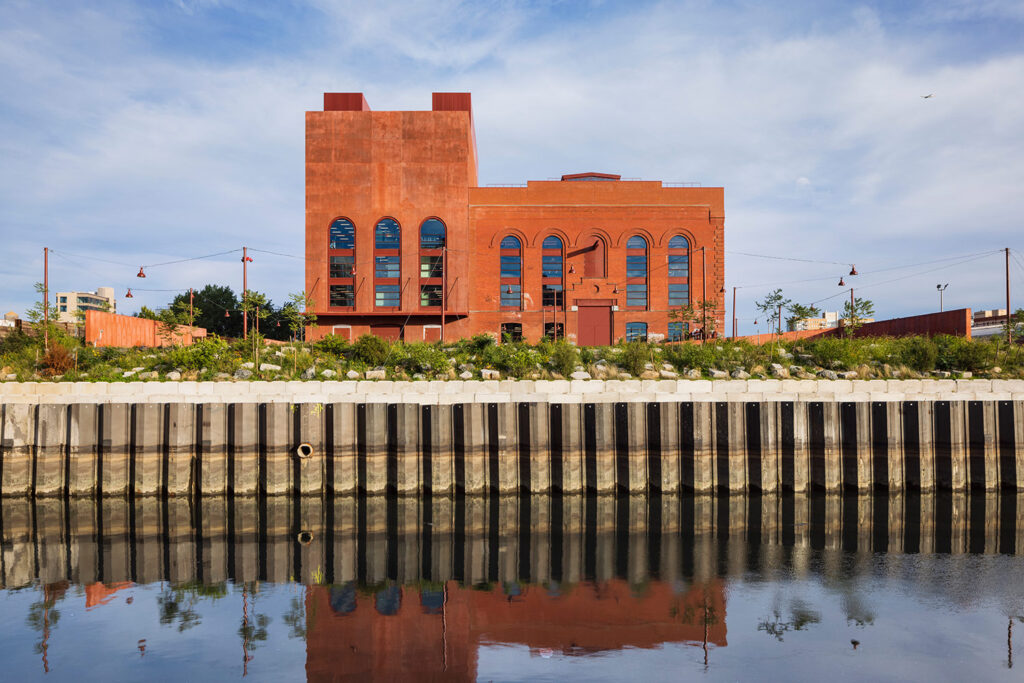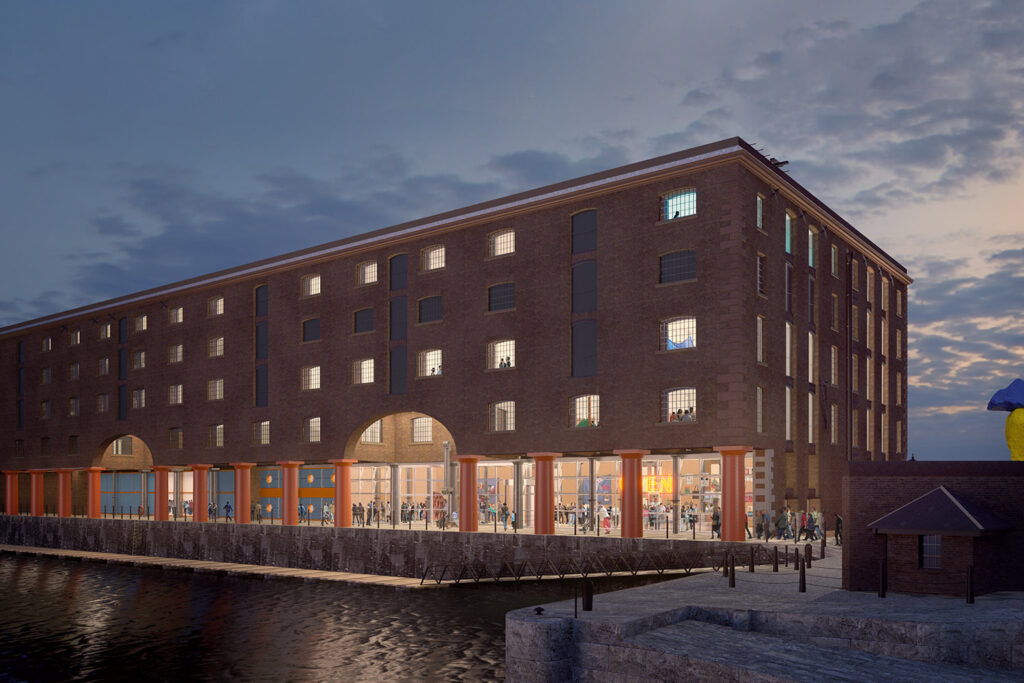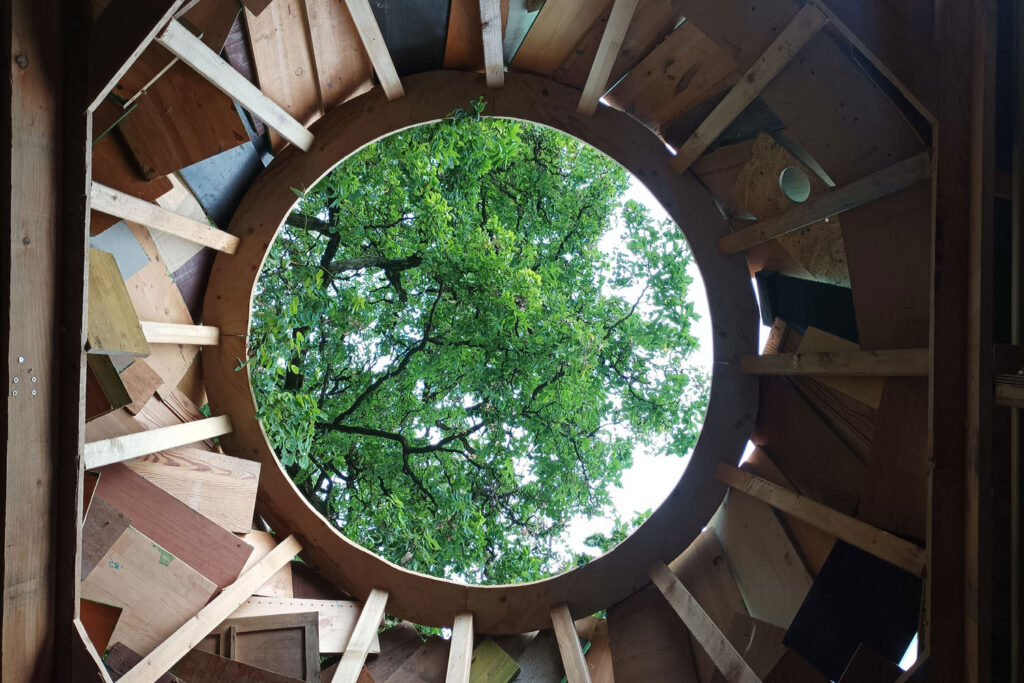
Grand Egyptian Museum
Giza, Egypt
Project details
Client
Ministry of Culture, Egypt
Architect
Heneghan Peng Architects
Duration
2003 – 2018
Services provided by Buro Happold
Acoustics, Building Services Engineering (MEP), Fire engineering, Inclusive design, Sustainability, Technology
In 2003, the Egyptian Ministry of Culture launched an international competition to create a world leading, iconic museum on a prestigious site overlooking the Pyramids of Giza.
The winning design needed to be monumental in scale and ambitious in scope, setting the highest standard for the development of a future oriented heritage complex on this historic site while harmonizing well with the ancient splendour of the Pyramids.
Heneghan Peng Architects responded to the brief with an intellectual concept that replicates the scale of vision and mathematical precision that define The Pyramids, within a modern building. Buro Happold worked in joint venture with Heneghan Peng from the competition stages of this project, delivering integrated building services, building environmental design, IT, fire, security and acoustic strategies to support the successful delivery of one of the world’s most magnificent contemporary museums. We also partnered with Cairo based Shaker Group, who shared with us their knowledge of local working practices, and assisted with the production of construction documentation.
Challenge
As well as achieving a visually splendid building that can hold its own against the backdrop of the mighty Pyramids, our client wanted the museum to stand as a symbol of successful sustainable design for Egypt. With a long history of delivering pioneering low energy solutions in some of the most extreme climates around the world, we met this challenge head on – adopting a passive approach to building environmental design to achieve an internal environment that is conducive to both visitor comfort and the preservation of irreplaceable artefacts.

Solution
We worked closely with Heneghan Peng to develop a design for the museum that could support this passive approach. The result is a building that is essentially a heavily insulated concrete box, isolated from solar radiation by both the translucent wall of the entrance facade and the undulating metal mesh roof to prevent conductivity between these external elements and the museum itself. This means that, while the roof and facade can reach temperatures in excess of 70°C in the searing desert sun, the galleries themselves remain at around 23°C.
Within the museum complex, our intelligent environmental zoning strategy again utilises passive design principles and increases levels of visitor comfort. Water features line the route from the ticket office and from the moment they step behind the translucent facade, visitors are sheltered from the hot desert winds and sun. The addition of water features in the main courtyard creates a further feeling of cool.
Once inside the museum, visitors immediately feel the benefit of the heavy thermal mass and insulation. As they approach the main staircase toward the exhibition galleries visitors are greeted with a wave of recycled cool air from the galleries. A series of glass screens hung at intervals allow the grand staircase to act as a buffer zone between the courtyard and the galleries, delivering a temperature reduction from 40°C to 23°C with the doors open to allow unrestrained visitor circulation.

As the majority of the artefacts within the museum benefit from the dry Egyptian climate, they do not need to be preserved with extensive air conditioning. Instead, we were able to use low energy displacement ventilation, with distribution systems integrated into the walls and floor. This approach maintains an environment that is conducive to both visitor comfort and the integrity of the ancient artwork with the minimum of energy investment. Very sensitive or precious pieces are housed in microclimate cases.
Safety of visitors is also of paramount importance, and our fire engineering team was tasked with developing a strategy that would safeguard people throughout the complex. This proved particularly challenging in the main exhibition gallery, which is conceived as a vast open area – reminiscent of an archaeological field – in which visitors can explore the dynasties of the Pharaohs. While this expansive layout is fantastic from a visitor perspective, it is unprecedented in terms of fire safety. This meant that we had to use a performance-based approach to demonstrate that all of the building’s occupants can be safely evacuated. Our engineers undertook extensive modelling to develop an effective, integrated strategy that uses the voids in the undulating roof to aid smoke extraction, and prove our innovative solutions could realise a building that is even safer than code.
Value
Megalithic in scale yet insightful in approach, the Grand Egyptian Museum is a remarkable feat of architecture and engineering that earns its place beside one of the Seven Wonders of the World. Featuring landmark architecture and ground-breaking passive strategies, the museum is a rarity in its own right, achieving the fine balance of visual and environmental harmony with its unique surroundings.
Buro Happold’s continued support, expertise and timely responses to technical queries throughout the construction phase was greatly appreciated.
Bruce Malinksi, Project Director, Hill International











